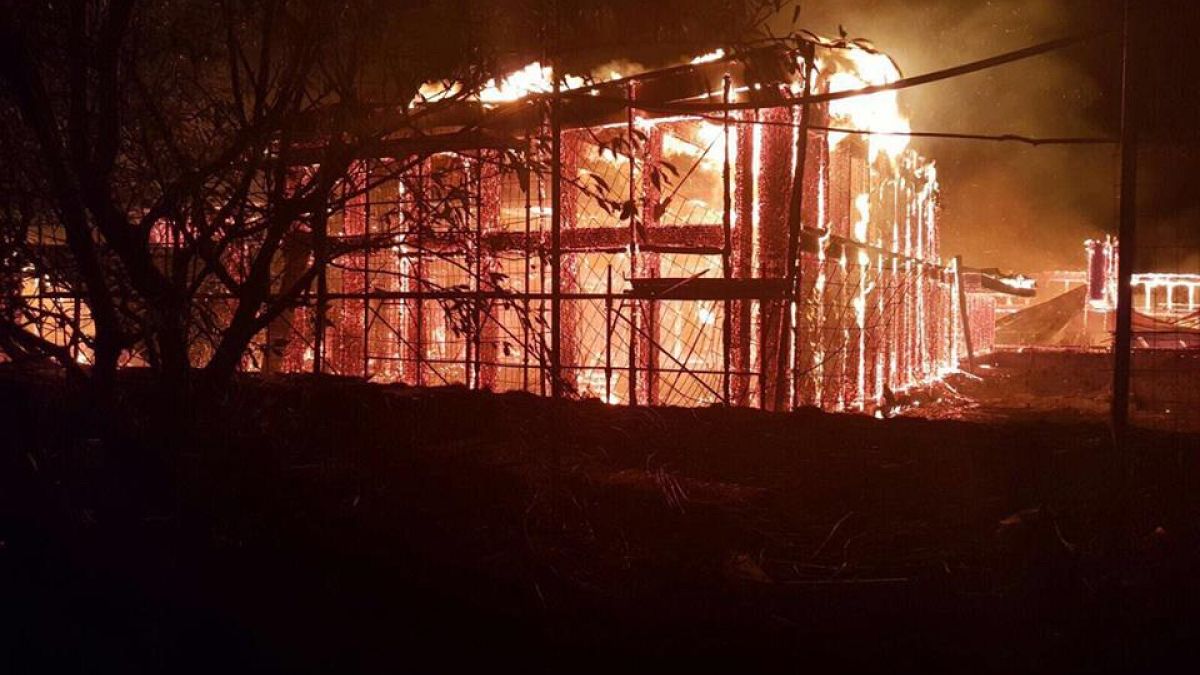Some of the world's most celebrated sites are at risk from a combination of manmade and natural threats.
Think cultural patrimony, think Italy. From Pompeii to the Colosseum, from Venice to Florence, the country’s massive tourism industry thrives on his heritage. Italy boasts more than 200,000 archeological, monumental and architectural sites, without considering areas of major interest in terms of their landscape and environment. Its 53 Unesco World Heritage sites surpass in number those of China, a modern and ancient superpower 30 times larger in area.
But with ownership comes responsibility, in particular, the tasks of safeguarding, restoring and displaying. And Italy’s cultural artifacts are under attack from many directions.
Water
According to the last report released in June by Ispra (the Italian Institute for Environment Protection and Research) there are about 80,000 sites threatened by landslides or floods. Among them, 11,000 are in “high” and “very high” risk classes. More than 3,000 artworks are threatened by hydrogeological instability in Rome and almost 1,300 in Florence.
Deliberate destruction
Just a few weeks ago, on September the 7th, in Puglia, the Roman villa of Faragola was severely damaged by a fire, most likely as a result of arson. A restoration and enhancement project, lasting over 14 years, had just concluded.
“The evidence suggests that someone with experience in this sort of activity has deliberately set a fire to destroy everything”, said Giuliano Volpe, a professor at the University of Foggia and Chairman of the Italian Superior Council of Cultural and Environmental Heritage.
“In that area, the mafia has a lot of trade and businesses, but there are not enough clues to identify the culprit definitively”. It’s too early to assess the damage, but according to Volpe, it will be necessary to earmark 4 or 5 million euros to return to the site to its former condition. “In Italy, to protect our treasures, we need to redefine the cultural heritage sites management strategies: the person in charge should be always easily identifiable,” he notes. “Besides, it is necessary to set up scheduled maintenance works to prevent mishaps”.
Illegal trade
According to the latest report released by the Cultural Heritage Protection Unit of the Carabinieri, the total number of cultural assets thefts in Italy last year reached 449, nevertheless lower than in previous years (in 2011 they were 906). Tuscany, Campania, Piedmont and Lazio were the Italian regions most affected by the illicit trade of works of art. Nearly 25,000 artworks were recovered, with a total value of 54 million euros. Only 14 illegal excavations were discovered in 2016; in 2015 they were 21 and 59 in 2014.
Negligence
“An abandoned site becomes “no man’s land” and, thus the threats to which it is exposed increase exponentially, including theft or vandalism”, observes Maria Rosaria Iacono, vice president of Italia Nostra, an Italian association on the front line of highlighting the state of neglect of many cultural sites. The list of Italian sites with no proper maintenance or oversight is long, including celebrated worldwide locations such as Pompeii, in Campania or the Aurelian Walls in Rome.
Italia Nostra has sounded the alarm 200 times since 2011. Perhaps the most notable example of the issue was the abandonment of the Royal Palace of Carditello, in Campania. It was subsequently totally plundered and had to be restored at huge expense. Recently, Italia Nostra also warned about the deterioration of Villa Zanelli in Savona, in Liguria, one of the most significant masterpieces of the Italian liberty style.
By Sophie Tavernese
